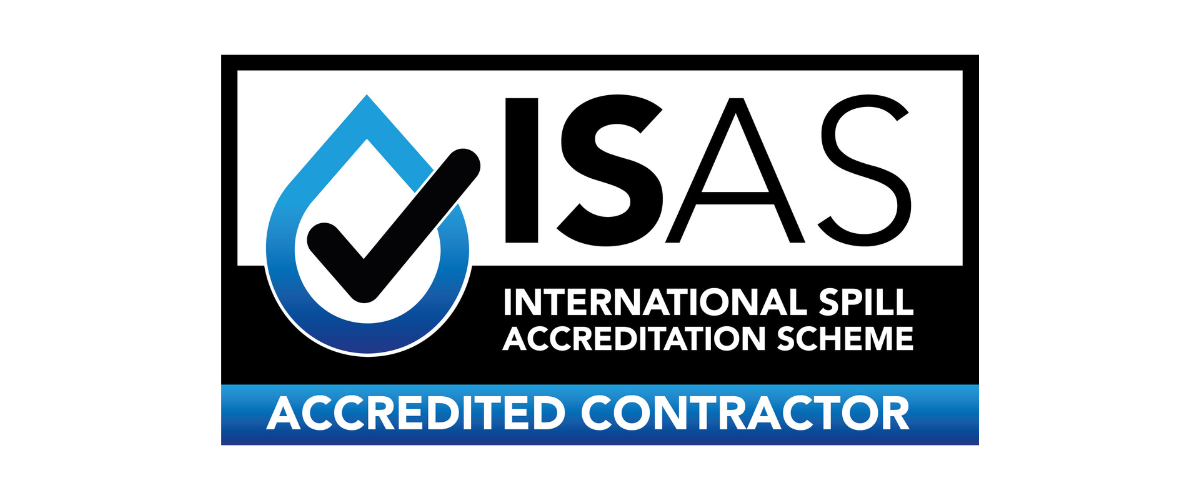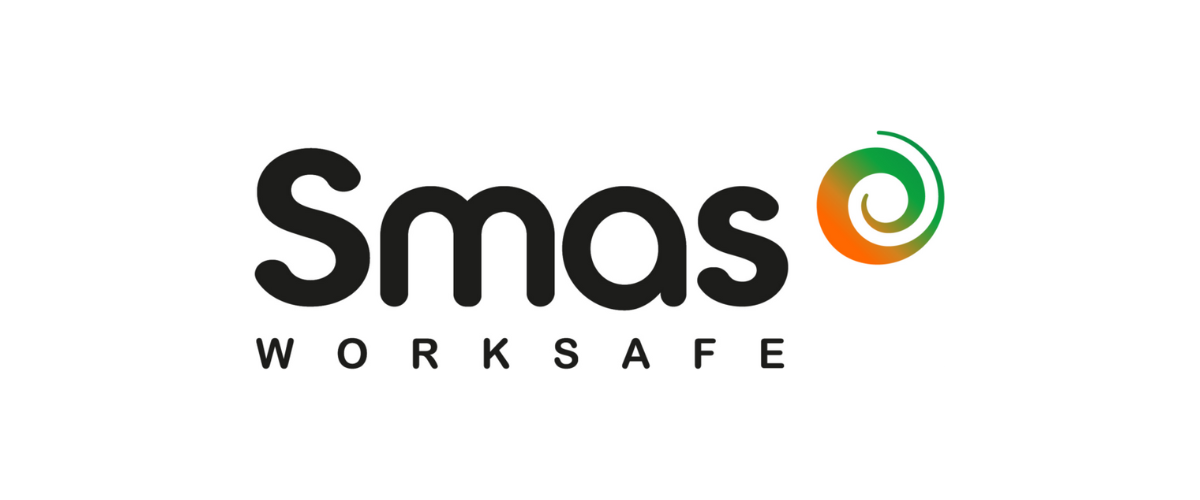Whether you are looking to decommission an above or below ground tank, GPT are experts in the safe removal, cleaning, and disposal of oil and chemical tanks in full compliance with industry regulations and best practices.
Oil & Chemical Tank Decommissioning
With over 20 years of experience, we specialise in the safe cleaning, decommissioning, and removal of oil and chemical storage tanks. Our services are designed to minimise risk to people, property, and the environment, while ensuring full compliance with industry regulations and best practices.
Each project is carefully planned to ensure safety, cost-efficiency, and adherence to all legislative requirements. No matter the size, type, or previous contents of the tank, we have the expertise to manage the decommissioning process from start to finish.
Tanks we commonly decommission include:
We tailor each project to meet the specific requirements of the tank type and industry sector involved. Our work adheres to all relevant legislation and best practice guidance, including APEA Blue Book & OFTEC Technical Book 3 - Decommissioning Oil Storage Tanks.
Whether you're managing a commercial, industrial, or agricultural site, GPT offers a professional and reliable solution for tank decommissioning, with safety and compliance at the heart of everything we do.
See below for an overview of a typical GPT tank decommissioning project (stages will vary depending on the case at hand).
1. Site visit and preparation: Every project begins with a detailed site assessment. We evaluate the tank’s condition, contents, and location to identify any access issues or operational concerns. A comprehensive Risk Assessment and Method Statement (RAMS) is then provided for client approval before any work begins.
2. Sampling residual liquids: To determine the safest and most cost-effective disposal method, a sample of the tank’s contents is typically sent for laboratory analysis. In many cases, residual oils retain commercial value, which can offset project costs.
3. Isolation & Waste Removal: All residual liquids are safely drained or pumped out. Remaining residues are removed either mechanically using vacuum tankers or manually by our confined space entry teams, who are fully trained and equipped with breathing apparatus and gas detection instruments to ensure safe operations.
4. Tank Decommissioning: Tanks are thoroughly cleaned using water, degreasers, or steam, depending on the material involved. For steel tanks, this step enables recycling as scrap metal, offering further potential value. Cleaning can be carried out on-site or at a licensed facility after removal.
5. Purging: If tank entry or hot works are required, we will purge the tank to remove flammable gases or make it inert.
6. Tank Cutting & Dismantling: Where access prevents intact removal, tanks can be dismantled in place using hot or cold cutting techniques. However, where possible, tanks are removed whole and dismantled off-site for greater efficiency and safety.
7. Tank Removal & Disposal: Once declared safe, tanks are removed using crane or Hiab equipment and transported to a licensed waste facility under our upper-tier hazardous waste licence.
8. Infrastructure Decontamination & Removal: We can also decommission associated infrastructure, including pipework, plinths, and bunds. Decontamination is completed to a standard where materials can often be disposed of as inert waste.
9. Contaminated Land Testing & RemediationIf there is a risk of soil contamination from the tank or its contents, we can perform a Site Investigation and provide full remediation services where required.











